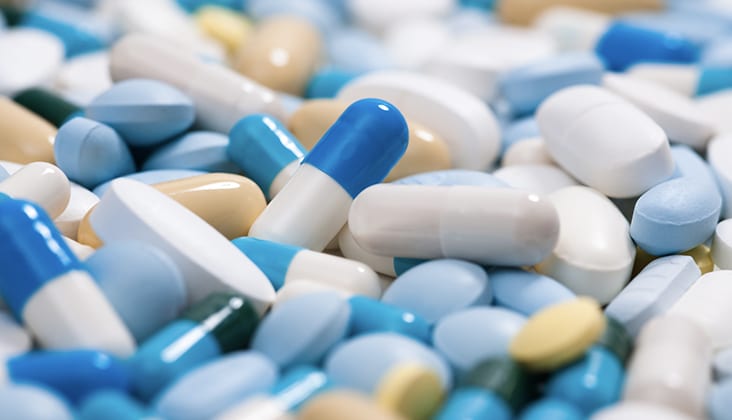
Alternatives to Antibiotics in Oral Health Care
Pain and swelling are common complaints after many dental procedures, but there are effective strategies and products you can recommend to help your patients without the need for a prescription.
Alarm bells have been going off for some time about overprescription of antibiotics. For instance, there has been a rise in patients using the emergency department to treat dental pain over the past several years. But because appropriate dental treatment may not always be possible in urgent care settings, antibiotics are often doled out liberally. Unfortunately, all of this is leading to drug-resistant pathogens.
Of course, the idea of bacterial infections running amuck, unchecked, is frightening. And although it is a virus rather than a bacterium, the current coronavirus pandemic is giving us a preview of just how scary that can be. In response to this problem, the American Dental Association recently issued clinical practice guidelines concerning the use of antibiotics for dental issues in otherwise healthy patients. The guidelines recommend that antibiotics only be used for systemic issues, when an infection is present. Otherwise, patients should receive treatment and manage pain with over-the-counter medications.1
PAIN MANAGEMENT
Systemic agents are often not indicated following dental treatments. For pain control, oral health professionals can recommend a host of over-the-counter (OTC) products to help alleviate pain and swelling. Simply using a warm saltwater rinse can be helpful. And research has shown that combinations of acetaminophen and ibuprofen or other nonsteroidal anti-inflammatory medications are actually just as effective or better at controlling dental pain than opioids.1
But manufacturers of dental products aren’t exactly dragging their feet in developing medicaments specifically designed for dental pain and swelling. For instance, some OTC topical formulations feature benzocaine to numb tooth pain in a pinch. One formulation offers soothing relief from minor soft-tissue injuries and irritants such as orthodontic appliances and removable dentures. Featuring an aloe vera base, it also promotes healing through creation of a bioadhesive “band-aid” that protects nerve endings from assorted pain-inducing stimuli. There are even agents specially formulated to deal with the discomfort that comes with canker sores.
NEW THINKING
Fortunately, research on how to curb bacterial infections using different approaches is ongoing. Alternatives to systemic antibiotics under investigation include probiotics. These secrete an antimicrobial substance that allows them to compete with pathogens for adhesion sites, which they colonize, crowding out the harmful microbes.
In today’s pandemic climate, the race is on to nail down new types of therapeutic and curative agents. That’s not only sure to help save lives but also benefit anyone who’s ever had a toothache.
REFERENCE
- Lockhart PB, Tampi MP, Abt E, et al. Evidence-based clinical practice guideline on antibiotic use for the urgent management of pulpal- and periapical-related dental pain and intraoral swelling. J Am Dent Assoc. 2019;150:906–921.

